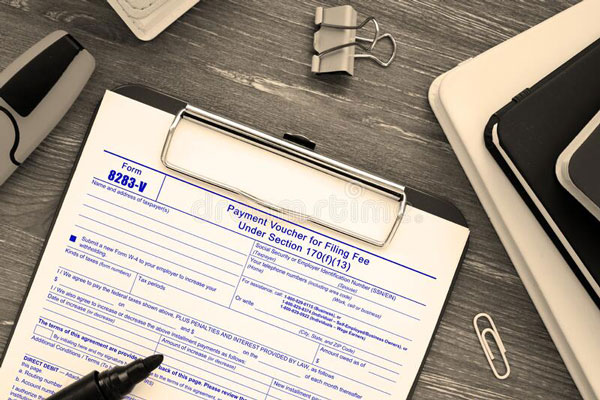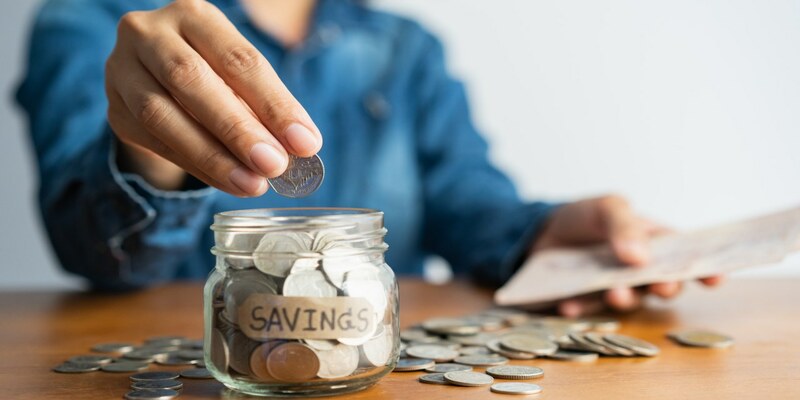If payment is made by check or money order, a Form 1040-V: Payment Voucher is required by the Internal Revenue Service (IRS). Taxpayer can mail their 1040-V forms and payments to one of many IRS locations based on where they live. Form 1040-V is no longer required for those who pay their taxes electronically.
When Is The 1040-V Appropriate?
Form 1040-V should always be used when mailing your income tax payments. The 1040-V should still be used if you pay by mail, even if you file your return electronically. Personal checks, money orders, or cashier's checks are the only payment methods available to taxpayers who pay by mail. When mailing a check, never send cash. The 1040-V should not be used if you pay by cash in person or if you pay electronically. Always use the right Form 1040-V year when submitting your tax return.
It is possible to file Form 1040-V later than your tax return. Extending the time to file your tax return is an example of when paying the full amount owing is not an option. On May 17, 2021, that will be. Even if you haven't filed your income tax return, you must still file Form 1040-V on May 17, 2021, even if you haven't yet. If you still owe money on October 15 and file your 1040, you must file a separate 1040-V for the unpaid remainder of your tax obligation.
How Do I File A 1040-V?

Your Form 1040-V's tax year must match the tax year on your Form 1040 you're paying for to receive your refund. Your SSN may be found in Box 1 of the form (SSN). Your SSNs would need to be entered in the same field if you and your spouse filed joint returns.
All of the Social Security numbers on your 1040 must be entered in the same sequence as they were there. Box 2 on your Form 1040 is where you'll insert your second Social Security number. Other yearly tax forms in the 1040 series, such as the 1040-SR and 1040-NR, are subject to the same requirements.
If you're making a payment, you'll enter it in Box 3. It should be the same amount as the check or money order you've written. The amount you owe on Line 37 of your 1040 should be the same if you're paying it in full. Enter your names and addresses in Box 4. In the same sequence as on your 1040, these should be inputted.
Alternatives To 1040-V-Required Payments
The Internal Revenue Service does not require a Form 1040-V to be paid. When it comes to making tax payments, the Internal Revenue Service offers several alternatives. Until you understand you can pay at 7-Eleven, paying with cash may not sound particularly handy.
Using a debit/credit card or retail cash to make a payment is a safer option than mailing a check. You'll also have receipts for these transactions as a benefit. Paying via mail is always at risk of being misplaced, leaving you with no proof that you attempted to pay your debt.
Electrified Payment Methods

You may use IRS Direct Pay to pay your taxes on the IRS website. The money is taken directly from your checking or savings account when you use Direct Pay. To access your bank account, you must provide your bank account details. Individuals can use Direct Pay for nothing. Direct Pay is not available to businesses.
Direct Pay is limited to two payments per day to the Internal Revenue Service. You may have to wait a few days for the money to come out of your bank account. Up to two business days are possible. Payments made after 8:00 p.m. EDT will not be processed until the next business day. To keep track of your payment, you can get a confirmation number.
Pay with a Debit Or Credit Card
Although the IRS accepts credit and debit card payments, these transactions are not handled by the IRS. Third-party processors handle these payments. Although the IRS does not impose a fee for using a debit or credit card, the companies that handle the payments do. Debit card fees are negligible, but using a credit card can quickly add up if you make a large purchase.
Paid-in-Cash
In some IRS offices, you can pay with cash, but paying taxes isn't the most practical option. The best method to pay cash is to use the PayNearMe or Pay with Cash / Vanilla Direct programs at a retail outlet near you. In addition to 7-Elevens, CVS, Family Dollar, Casey's General Stores, and Ace Cash Express, PayNearMe is also accessible at Family Dollar. To use this service, you must pay a one-time cost of $3.99. This service has a daily cap of $1,000.

How Do Private Party Auto Loans Work?

Online Brokers for Free Stock Trading

What is Life Insurance?

5 Successful Types of Commodity Trading Strategies Beginners Need to Know

Don't Let Financial Worries Ruin Your Marriage

Guide On How To Find and Invest in Low-Volatility Stocks

Indiana Housing and Community Development Authority Lenders

Where's My Refund? Tracking the Status of Your Tax Return

All About a Trade Date

Best Reasons to Choose a Real Estate Agent Over

Investing in International Stocks
